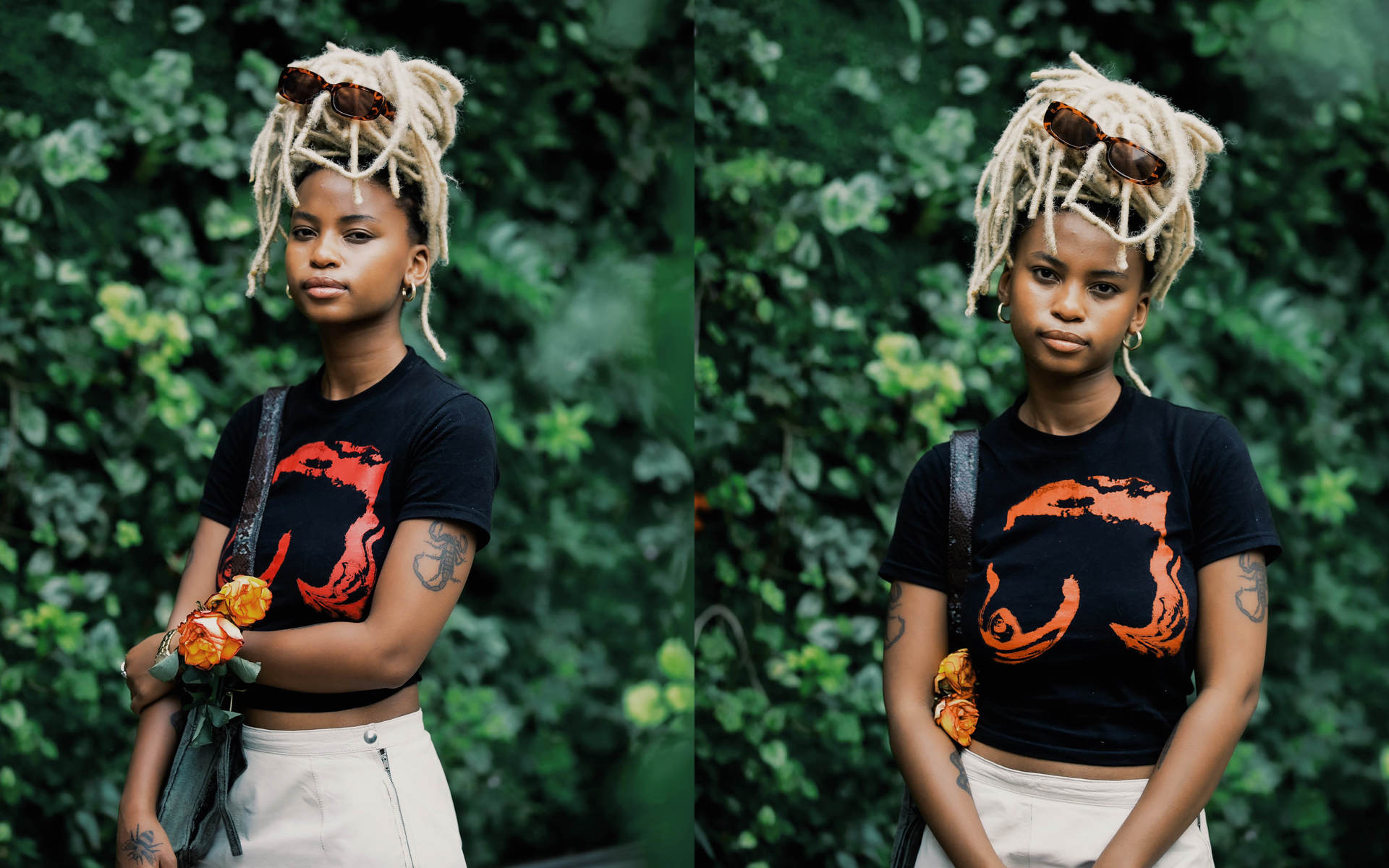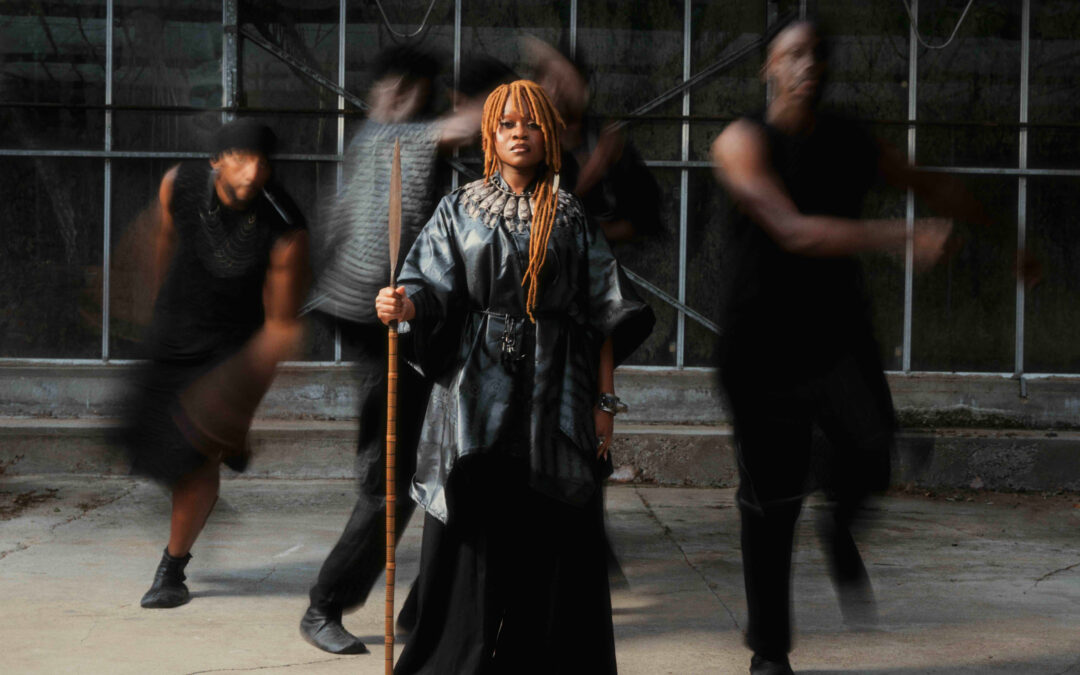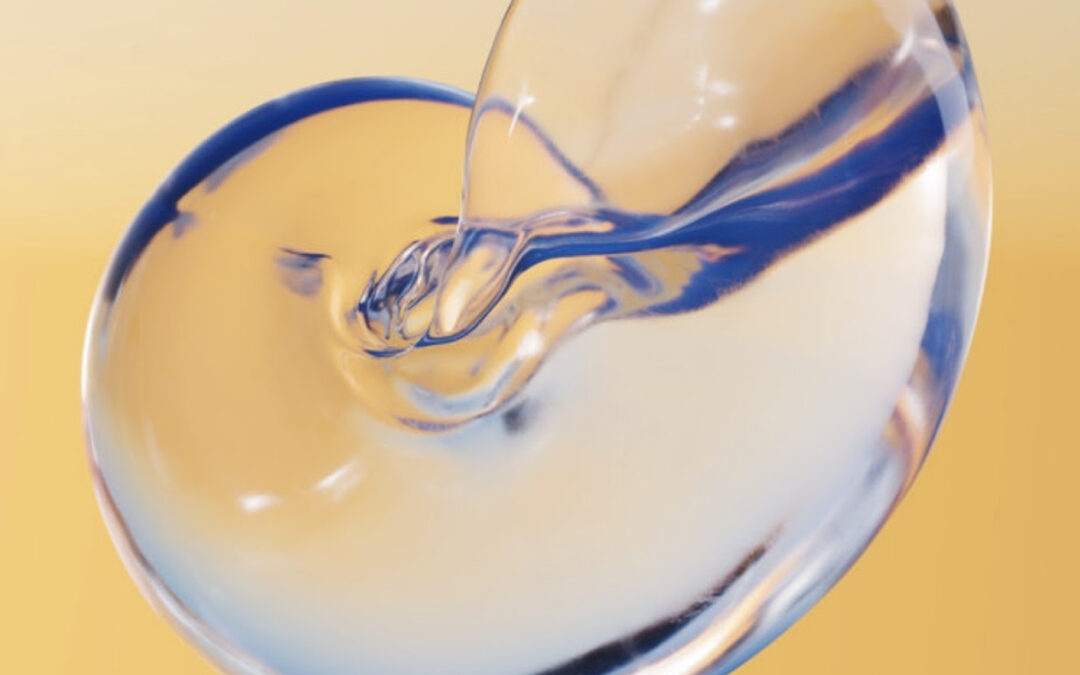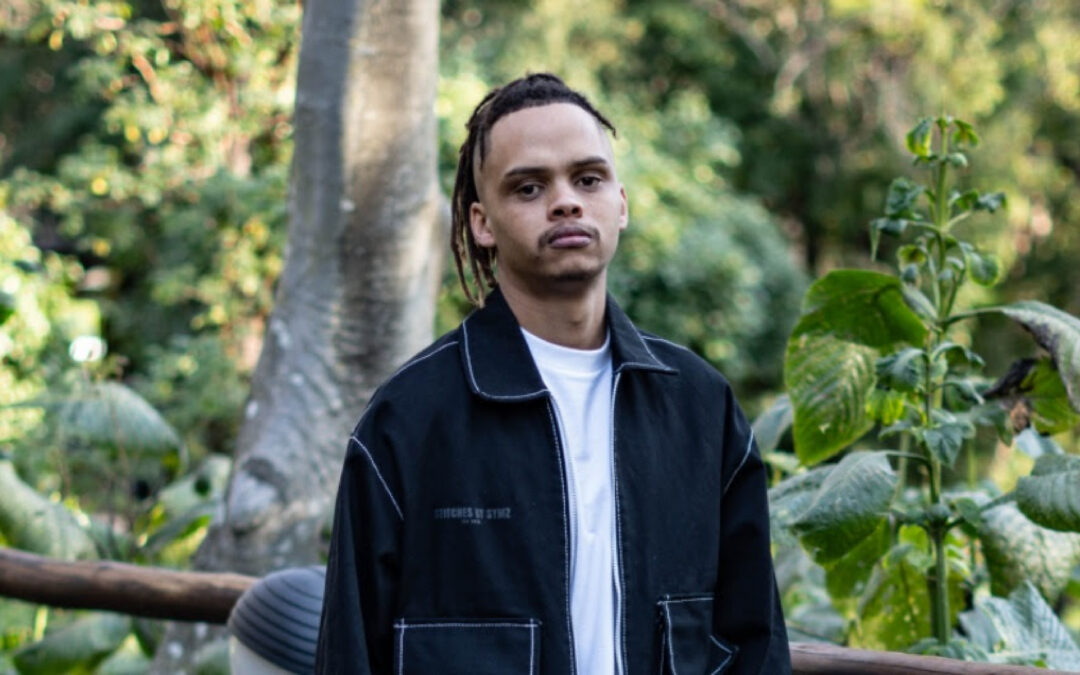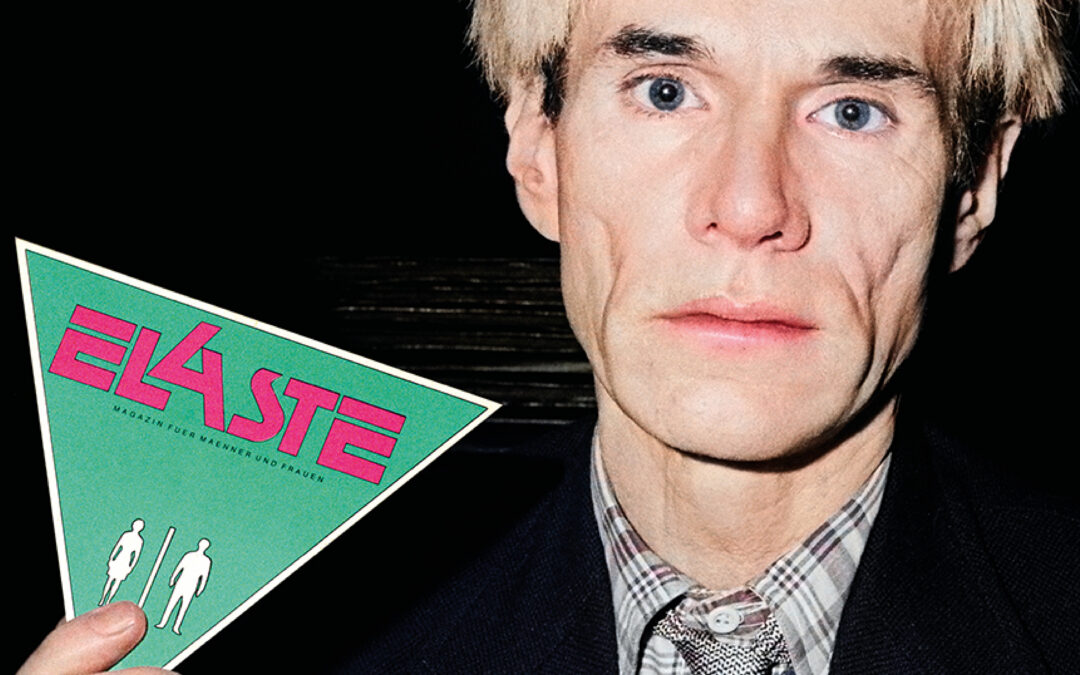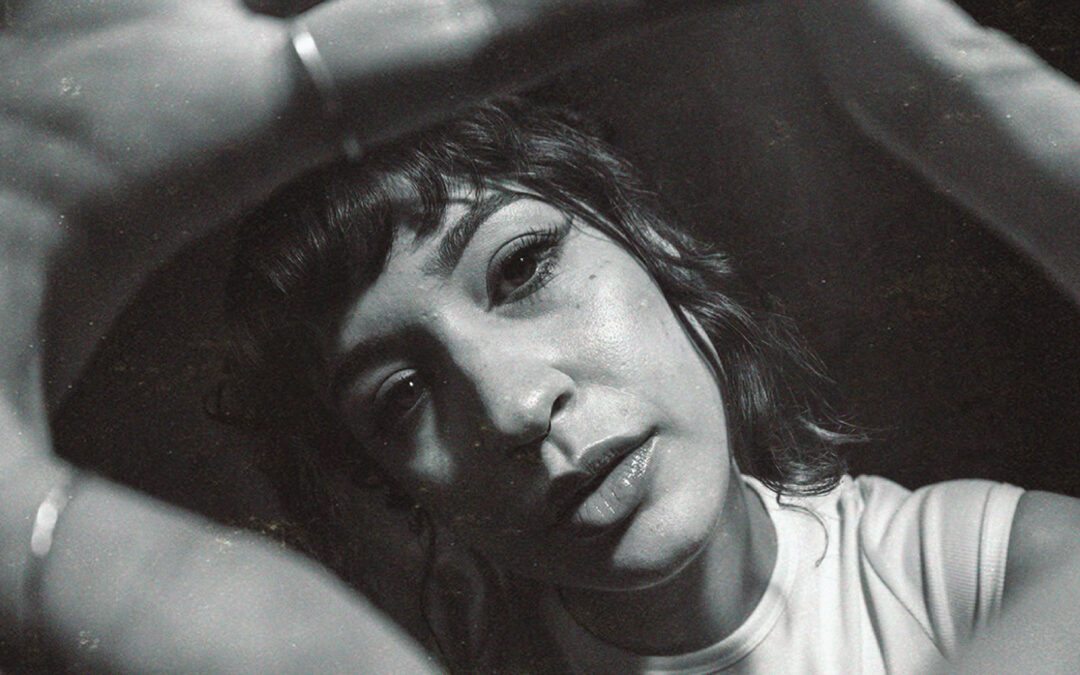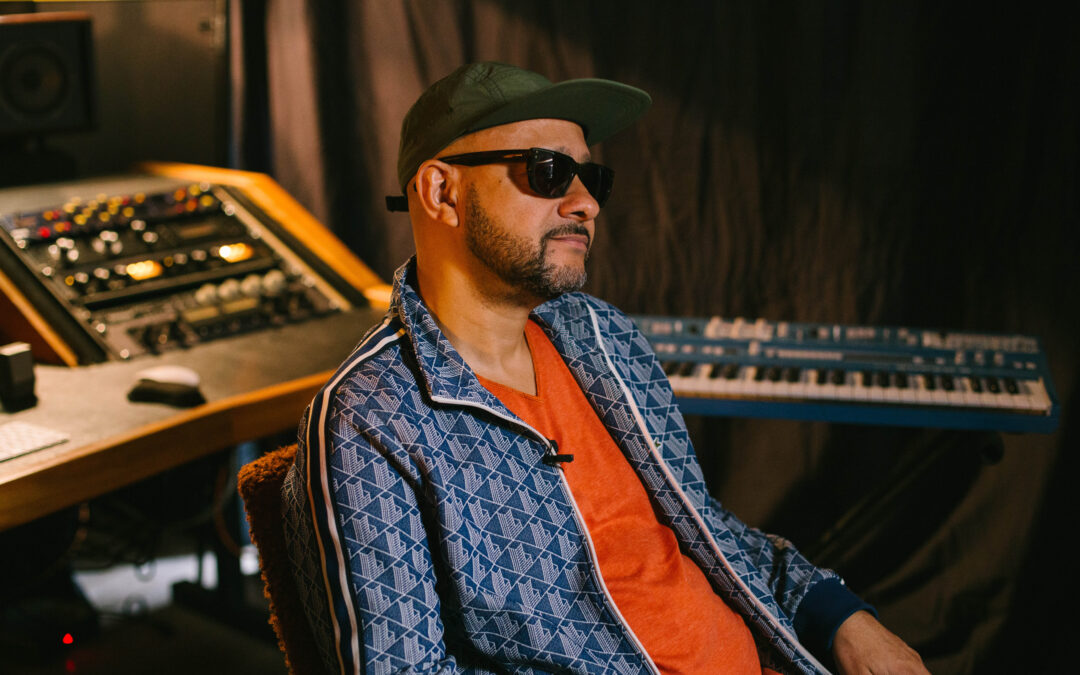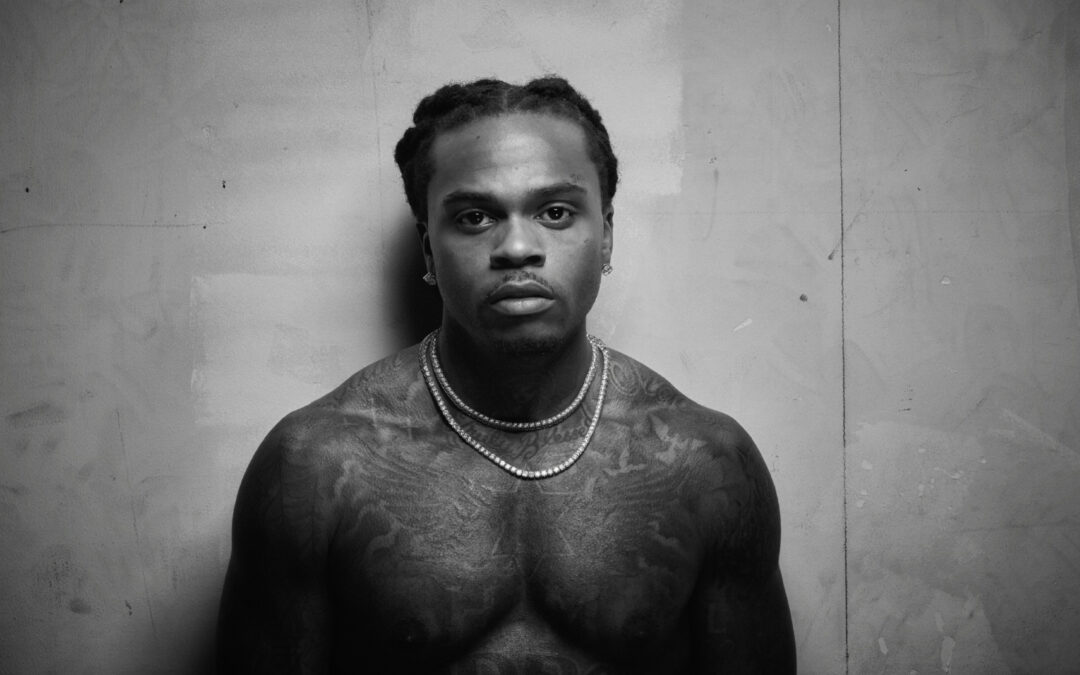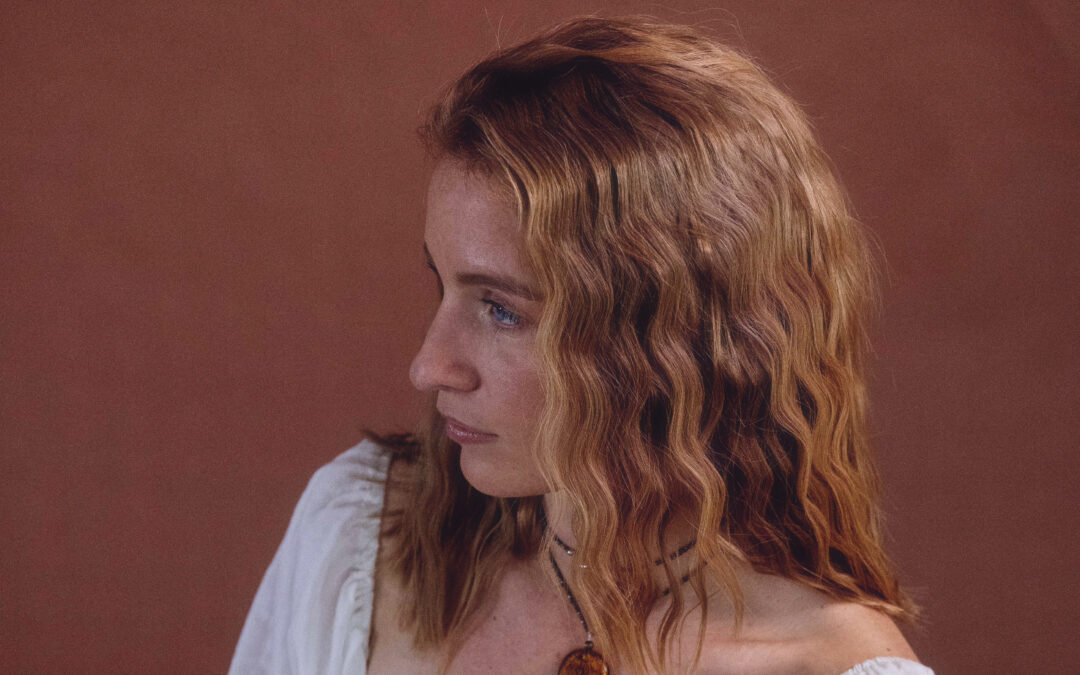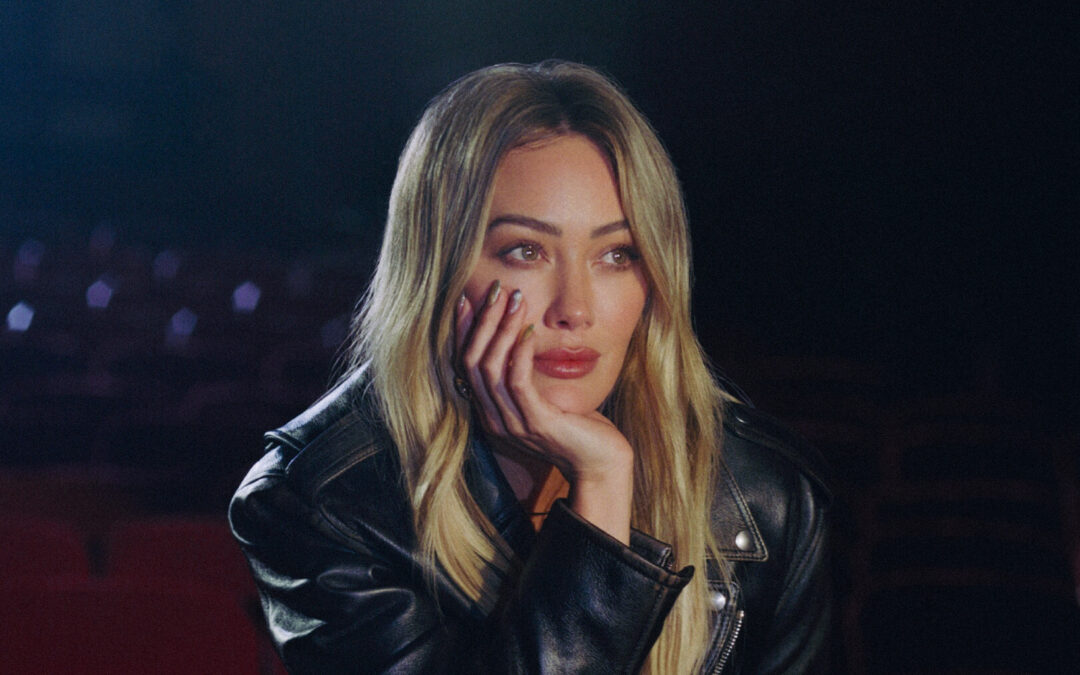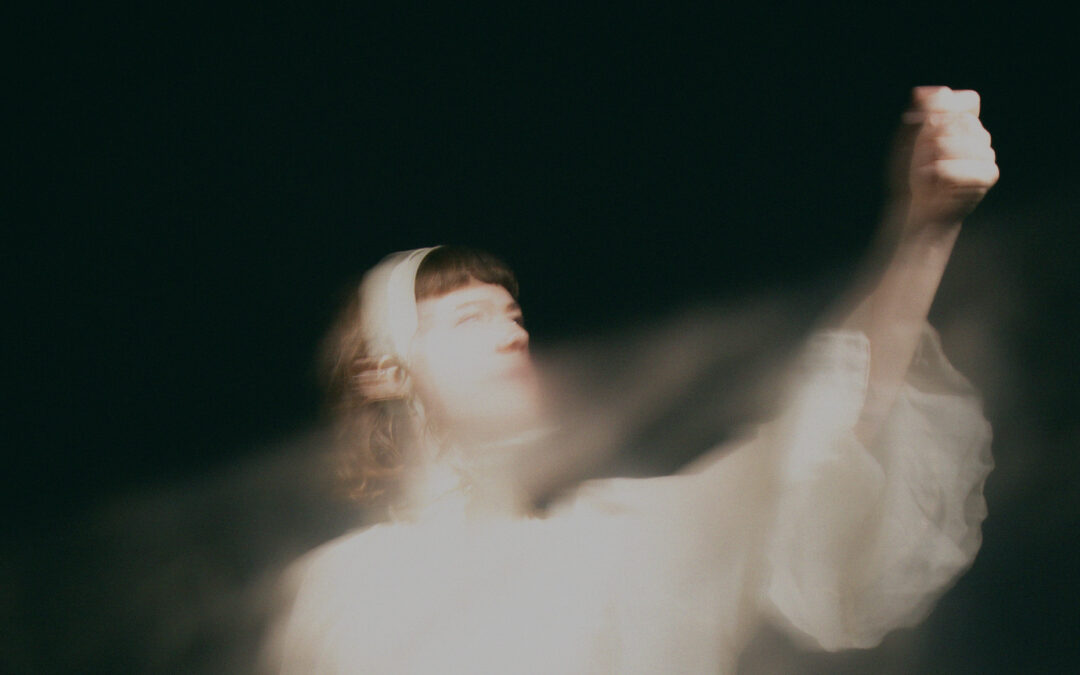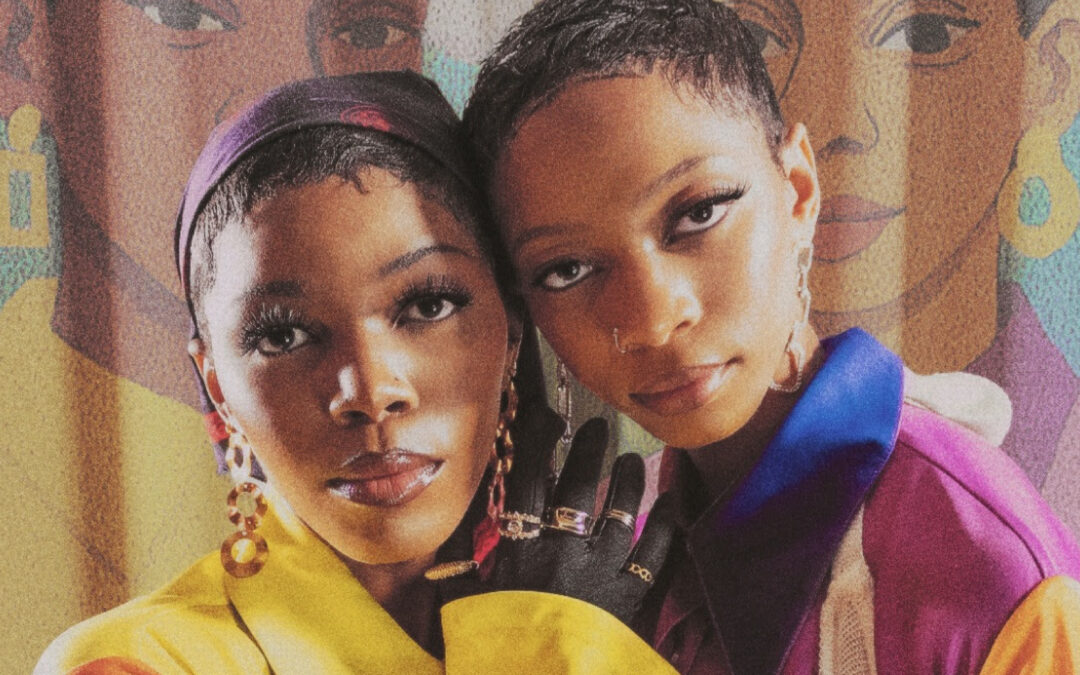I have the immense privilege of conversing with many of South Africa’s most creative beings. The honour of this is not lost on me and sometimes I wonder if there is a ‘cap’ or limit on how I will feel or come to understand the work of the artists that we feature. Just as these undue queries are enveloping my mind, an artist like Sei Siren comes along – and I am left enriched, astounded and such silly ideas of ‘creative limitations’ are relegated back to the far reaches of my developing consciousness. While you are reading this interview, I would like to suggest that you head here and play Sei’s latest sonic project ‘Orca’, as I did before our interview, after our interview – while I wrote this story – and in many other ways, on many other days. Comparison is the thief of joy, but in order to arrange how I might place Sei’s expression and work in my mind – I was taken back to a very specific moment in my life. It was 2014, and I had stumbled across Princess Nokia’s Metallic Butterfly – a self-produced album only existing then in the annals of SoundCloud. Princess Nokia was creating herself outside of any refined genre. All the heartbreak, self-discovery and meaning-making that my younger 19 year old self was attempting to actualise is bound up in that entire album; my formative experiences as a cyber-age, nature-devoted young woman are found between the verses of tracks like ‘Young Girls’, ‘Dragons’ and ‘Biohazard Butterfly’. I am utilising the experimental, raw expression of Princess Nokia to elucidate how Sei Siren’s ‘Orca’ has made me feel. Sei Siren is what Nokia and Grimes did for us in their earliest years – that pronouncement of the experience of girlhood to womanhood, wrapped up in all the chaos magic of being a creative, planetary being on earth.
Sei’s tracks like ‘Joy’s Bypass’ and ‘Knives and Blades’ are soft but searing electric waves and vocal invocations and it’s hard to place her as ‘emerging’ – although she is. I ask how music has been involved in her growth, to which Sei says, “I was always involved with music. From preschool onwards I did plays, choirs and my parents always put me in drama classes so that I could be busy. I started making music in matric, but I didn’t use my own productions until I was in university. I grew up around jazz and R&B, which was very much my parents’ music. The way I write and make music is improvisational, and informed by being around jazz – which has always felt so organic and instinctive from those musicians. I really got obsessed with that fluid way of working.” This would lead to Sei forging her own idea of being an artist, “I became Sei Siren out of that. I actually did an R&B album at first, which I think is kind of a trope or suggested pathway for Black girls to follow because it’s such a safe space to exist in. Eventually it dawned on me that I could approach music from an electronic space.”
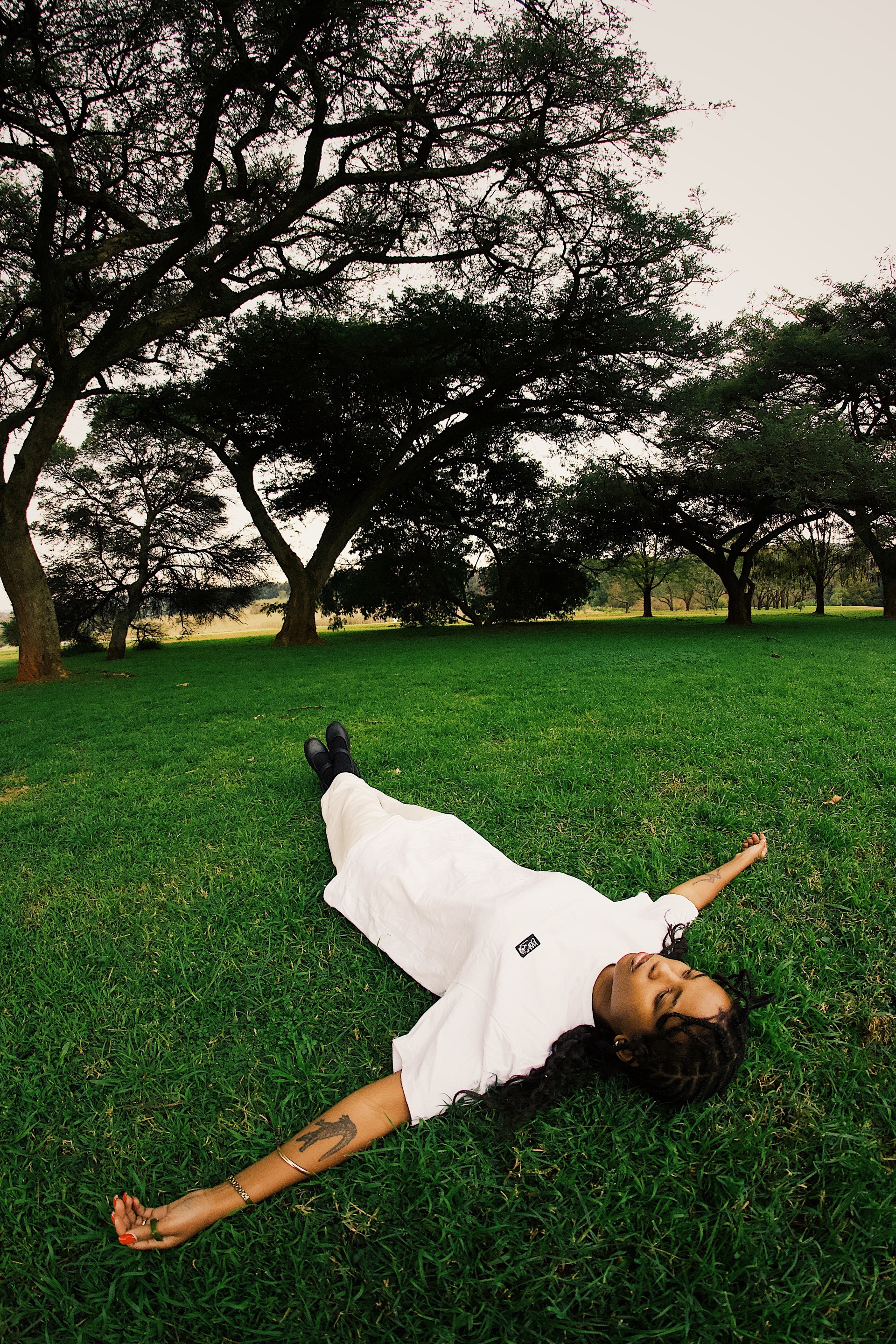

The synth-siren layers of Sei’s expression is aptly described by her namesake, ‘Sei Siren’. In mythology, a Siren is a seductive and enchanting aquatic creature, known for their mesmerising voices that lured sailors to their doom with their irresistible songs. Sei says on this, “I was always captured by the ethereal nature of sirens but it’s not necessarily based on conventional beauty. They have terrifying faces and they are meant to scare you when you get close enough. I loved the idea of ‘luring’ and I use that sentiment in the hopes that I can lure my listeners to add to their repertoire of what music they can engage with. People are very loyal listeners to people who are true to themselves.” For Sei, the complexity of the mythological siren speaks to the nuance of being a woman and embodying the feminine. In a society filled with caricatural ideas of the feminine – Sei is more interested in how that can be understood deeper and the tensions between the dark and the light.
‘Orca’ is a sonic project and comes from a space very rarely afforded to artists; the possibility of unconstrained time. As Sei explains, “it’s a tape or a project, or a collection of work. It came about from all these productions that I had sitting with me and I finally found the time to develop them. I was able to take some time off work, so I had the space to translate a lot of my experiences into the project. The project comes from me being able to be instinctive about my time and how I spend my energy. If I’m not bound to anything, then this is what I would want to say or how I would like my work to sound – that’s how Orca came about.” Sei’s first love is producing and it’s the part that she usually does first. On this, Sei explains that, “I have this practice that a friend introduced me to last year, which is to do it everyday. That task then becomes a habit, it becomes a part of you, so I produce every day. I would be in a certain mood during the time I was making Orca, which I think is why even though it’s not necessarily a cohesive album, it does feel connected and all the tracks can live together and have a good unification of the sound. I have found that producing sporadically doesn’t work in the way that being committed to doing it everyday.”
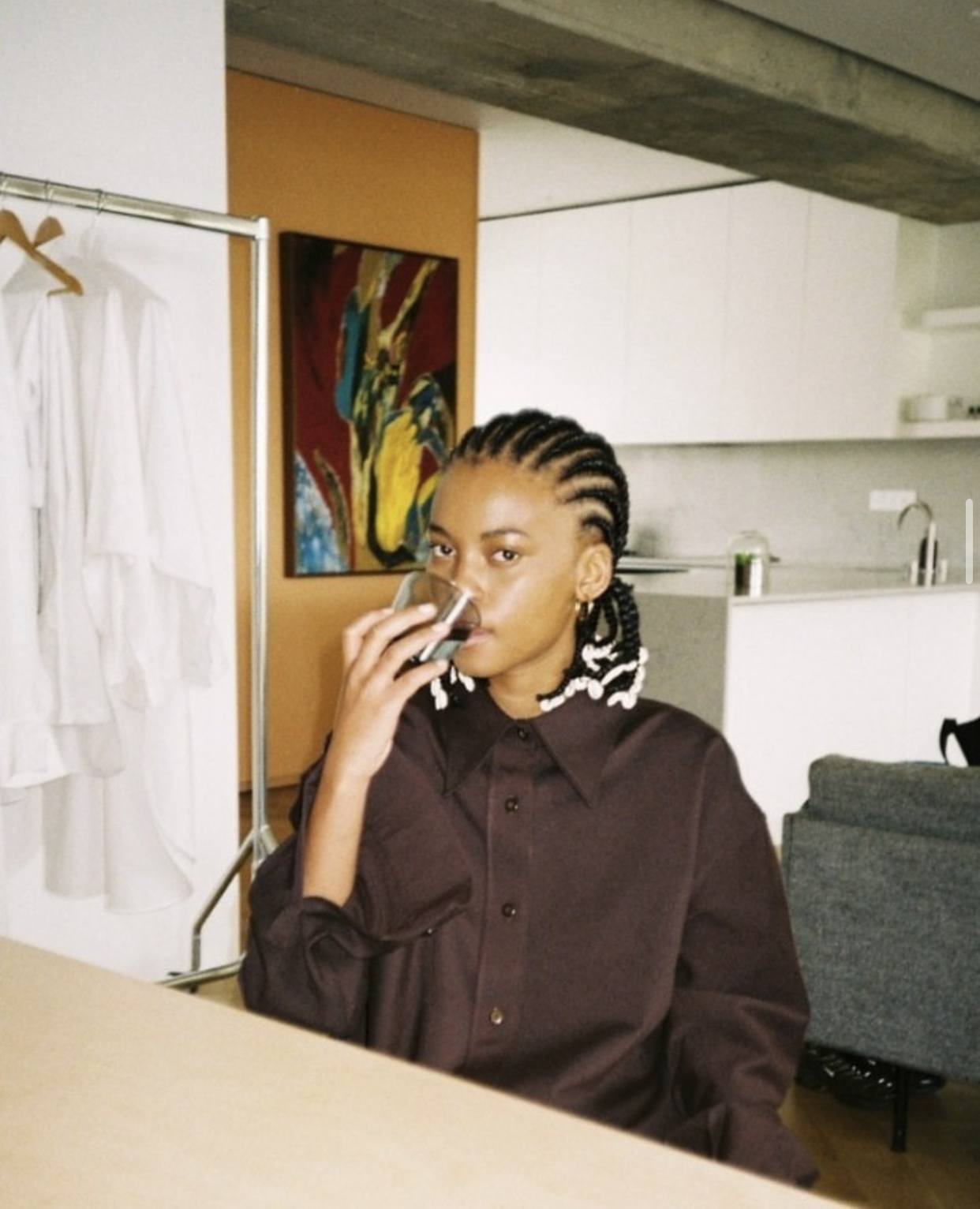

As if ‘Orca’ or Sei Siren didn’t resonate enough for me, I ask her who the project is for – to which she says that it’s for women, and more specifically it arose from when she found a book. The book in question is one that I think should be an initiatory rite for every young girl stepping into womanhood should read; Women Who Run With Wolves by Dr. Clarissa Pinkola Estés. It’s a book that delves into the realms of mythology, folklore, and psychology to explore the wild and instinctual nature of women, emphasising the importance of reclaiming their authentic selves. Through captivating storytelling and analysis, the book encourages women to reconnect with their intuitive wisdom, embrace their passions, and find healing and wholeness in a world that often suppresses their primal instincts.
This particular paragraph contextualises the chapter on ‘the animal groom’, the ways and means in which women are taught to forsake their psyches, their wild inner creative life:
“When women open the doors of their own lives and survey the carnage there in those out-of-the-way places, they most often find they have been allowing summary assassinations of their most crucial dreams, goals, and hopes. They find lifeless thoughts and feelings and desires; ones which were once graceful and promising but now are drained of blood. Whether these hopes and dreams be about desire for relationship, desire for an accomplishment, a success, or a work of art, when such a gruesome discovery is made in one’s psyche, we can be sure the natural predator, also often symbolised in dreams as the animal groom, has been at work methodically destroying a woman’s most cherished desires, concerns, and aspirations.” – page 49, Women Who Run With Wolves by Dr. Clarissa Pinkola Estés
Sei Siren says, “that book changed my life. She was saying so many things that I resonated with so strongly; she was talking about animals, my intuitive nature and how if I feel disconnected from it, how do I connect with myself again? The book affirmed to me that sex was meant to be this intuitive experience, that the body and the mind is this intuitive and provocative power. We are taught to be docile as women. I translated the awakening I had reading that book into my work, and that I didn’t want to be docile, or for it to be a passive listening experience in my music. I was able to start reclaiming how and why I do the things I do, and how I can enter a space doing things precisely the way I want to do them.” Women Who Run With Wolves is a seminal work for womanhood – I truly believe it. Sei and I understand in our conversation that we both received the message in our own ways – that simply, as young women reading this book, we did not have to bend or diminish the raw-giving, life-creating nature of being a woman. For women, this is a battle we will surely always have to confront. Orca is the manifestation of this process within Sei. As she says, “you know that monologue in the series Fleabag? It described that women understand pain in a way that men don’t, in a way that other people cannot. I think all of these women who are trying to speak to each other through each other, and that this happens primarily through creativity and art, but also in the day to day way we live our lives.”
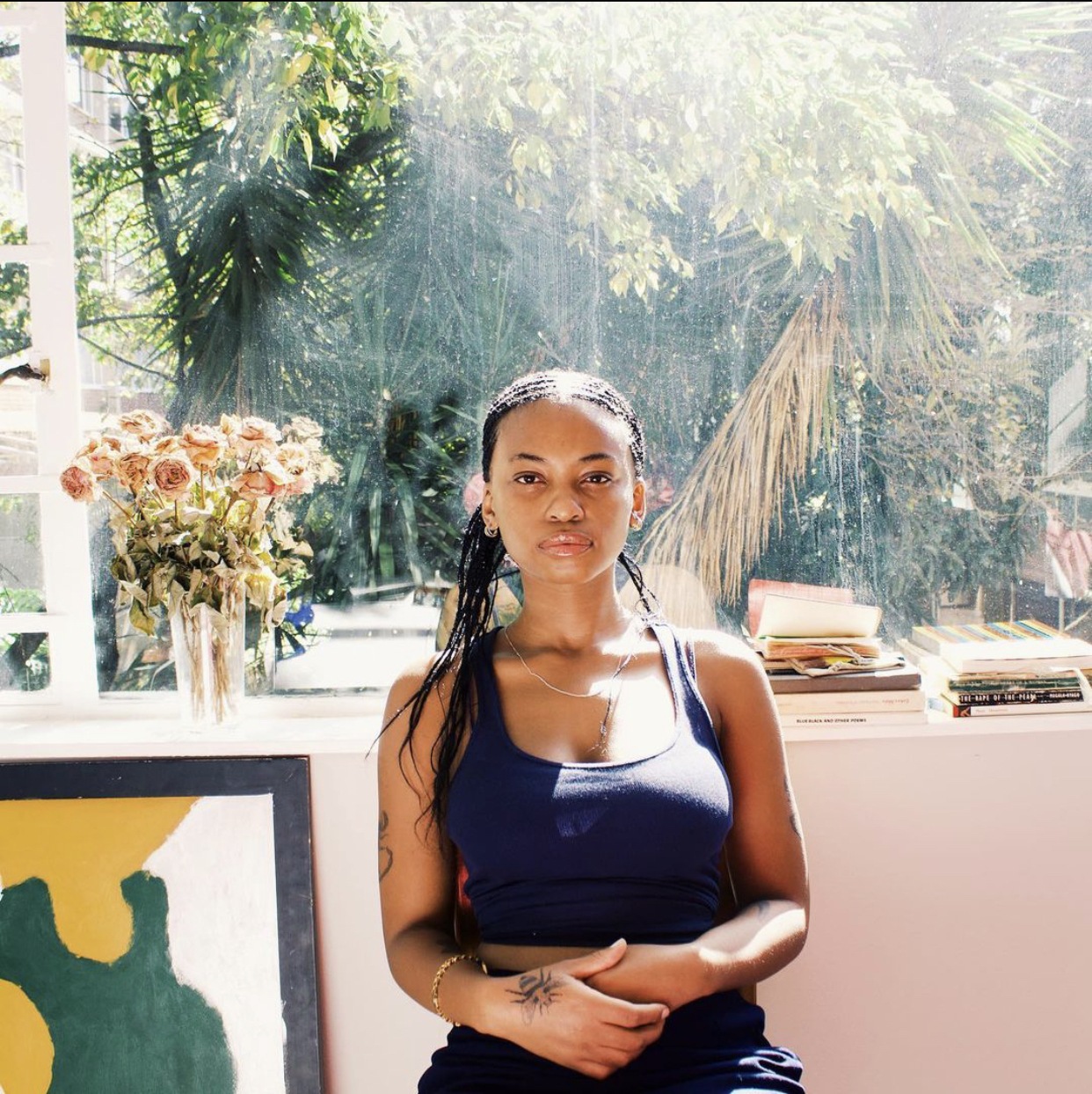

Lastly, I ask Sei why the title ‘Orca’? As we know, orcas are having a moment and dozens of reports continue to come out about them attacking boats. Many suspect they are avenging our tireless dominion over the natural world. Sei says, “honestly, it’s such a perfect time because the title of the project is relevant to what the orca’s are doing! I was thinking about how orcas are so intelligent and fascinating, and that we keep trying to have dominion over them and yet they seem totally conscious of our faults in the world. I also wanted orcas to represent my own experience of being soft in the beginning of my career, and then finding this strength and leaning into being feral, or chaotic.” In the spirit of animals as talisman or spirits within the creative life of women, Sei explains that “it comes back to putting something primal and instinctive in my work, which orcas are. Also, I kept reading about Port and Starboard, two orcas here in South Africa who keep killing sharks but just taking their livers. It’s this wild new feeding technique that they have – it’s just for the liver. It’s so specific and such a powerful demonstration of intelligence and destruction. We always want nature to be this soft, wonderful place; but nature is violent, it’s intense. I want to honour that.”
SEI SIREN is effervescent, honest and hyper-talented. Hers is a story that will rise and rise – I wait with bated breath with ‘Orca’ stirring the dreams of my inner-world.
All Images Courtesy of Sei Siren.
Written by: Holly Beaton

